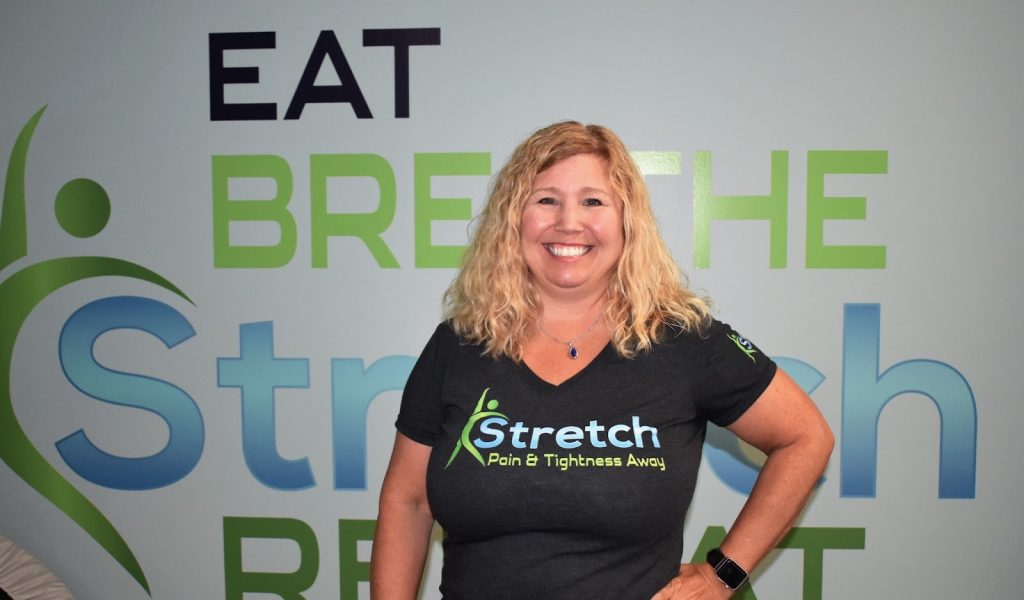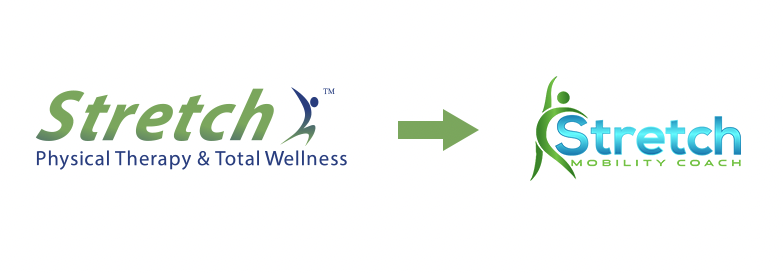Want To Know How You Can Train To Work As A Stretch Mobility Coach?
Work for a Stretch Mobility Coach affiliate as their head coach, offering Stretch Mobility Coach services.
In this video, Kim discusses the steps it take to train to become a Stretch Mobility Coach.
Level up your skills and learn to work in a well care system. Your professional degree has set you up to help people experiencing pain and tightness improve their mobility, stability and walk them through a proven system that will keep them away from reactive care.
Your community is LOOKING FOR YOU. There is no other profession that trains people better than our PT, OT or ATC profession to help people with musculoskeletal problems in the health and wellness area. Adding TSM training provides you with the skills needed to offer preventative care to your community.
You know why you went into this profession, to help people for life. Working on the reactive care PT, OT, ATC acute reactive side leads to burnout, frustration, and does not provide the value that customers are looking for.
Hi, I’m Kim, founder of The Stretch Method® and The Stretch Mobility Coach™.
I have followed our Professional groups online and met with many frustrated rehab professionals only to find that our only options to working in the health and wellness arena is by training to work as a personal trainer, yoga, pilates or other certificate. As a degreed practitioner, I felt like I had more training than a non licensed graduated person, but my only opportunity was to work in health and wellness was to work as a Personal Trainer, Yoga instructor or pilates instructor, but when I provide these services, I cannot use my degreed training and skills. This was frustrating to me. I founded The Stretch Method, to bridge the gap for rehab professionals to offer care to people looking for preventative health and wellness options.
What Kim Has Seen With Most Rehab Professionals
Most, if not all, of the people I’ve met in the Rehab field love to help people.
It’s why we spent years in school and tens of thousands of dollars on our specialized education… All so we could help people get better.
But unfortunately, the way rehab is right now, we can’t help people the way we thought we’d be able to.
Between juggling multiple patients at a time for 8-10 hours a day, and being limited on what we can do based on what we can bill for. Not to mention, what insurance will pay for, our hands are tied most of the time.
It’s why I started my own wellness business.
I wanted to provide the kind of holistic care I envisioned when I first started college. Many PTs, PTAs, OTs, and ATCs I talk to are interested in working with clients 1 on 1 and learning how to provide more value than they due currently with the constraints from our current PT,OT, ATC offerings.
What I’ve found is that we like to help so much, we seem to have an allergy to money. It sounds funny, I know, but so many people I’ve talked with have a problem charging for their services. They struggle with the idea of charging more money because they don’t know how to provide “Value Driven Care”
They also struggle with marketing their services, because they don’t have a clear idea of what they are providing for their customers.
Stretch Mobility Coach TSM training is an opportunity to take the next step towards a career that allows you to offer health and wellness services outside traditional PT, OT and ATC current offerings. This is NOT a CEU course. This training is the NEXT step toward a lucrative career as a Stretch Mobility Coach.
What Qualifications Does A Rehab Professional Need To Become A Certified Stretch Mobility Coach?
A rehab professional is required to have a current PT, PTA, OT, OTA or ATC license or must have proof of graduation from an accredited school for PT, OT, PTA, OTA, or ATC program.
How SMC Certification Can Help You?
HANDS-ON SKILLS
Mastery Skills Training Camps to refine your skills.
Practicum Testing, Case Studies and Oral Board Exams to ensure you are one of the elite.
EXERCISE PRESCRIPTION
Exercise cards to give to your clients to help keep them on track.
SALES/MARKETING TRAINING
How to test and find joint restrictions.
How to prescribe care for results. How to transition care when clients are feeling better.
How to overcome objections to care.
How to help your clients achieve their personal fitness goals.


